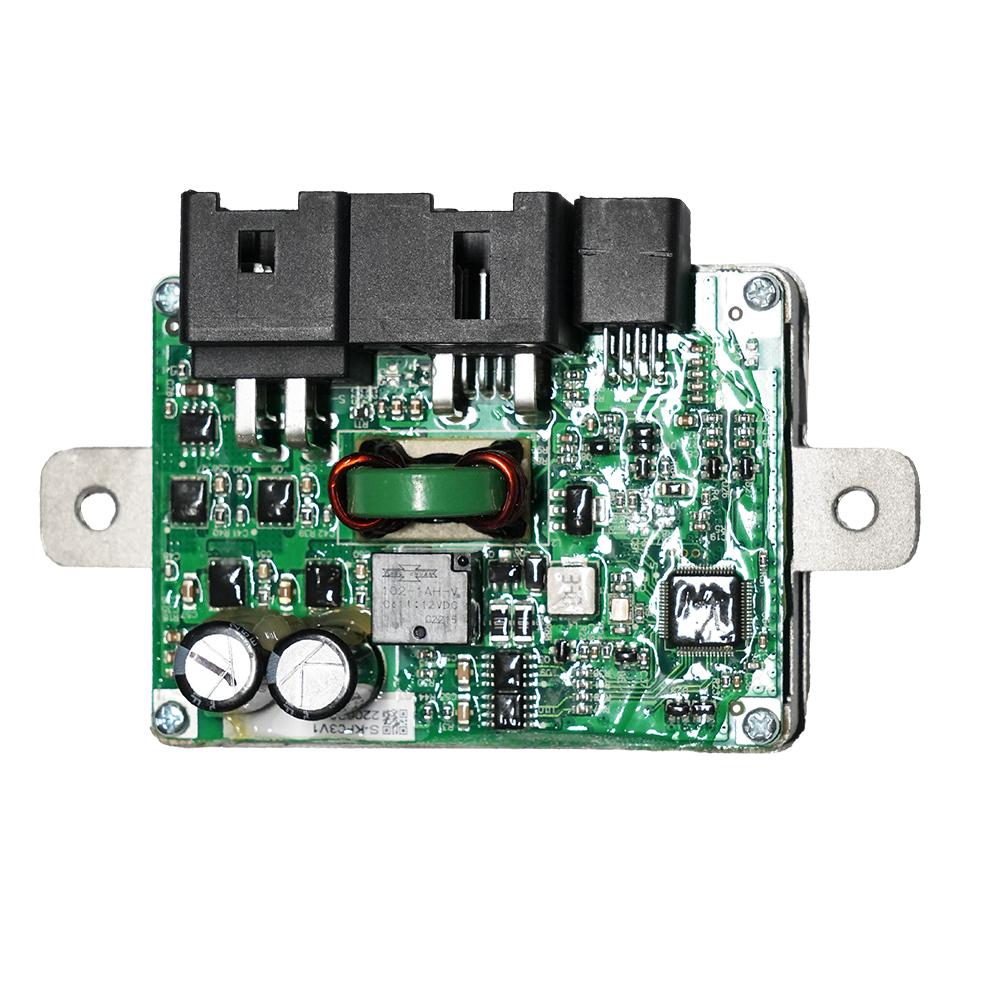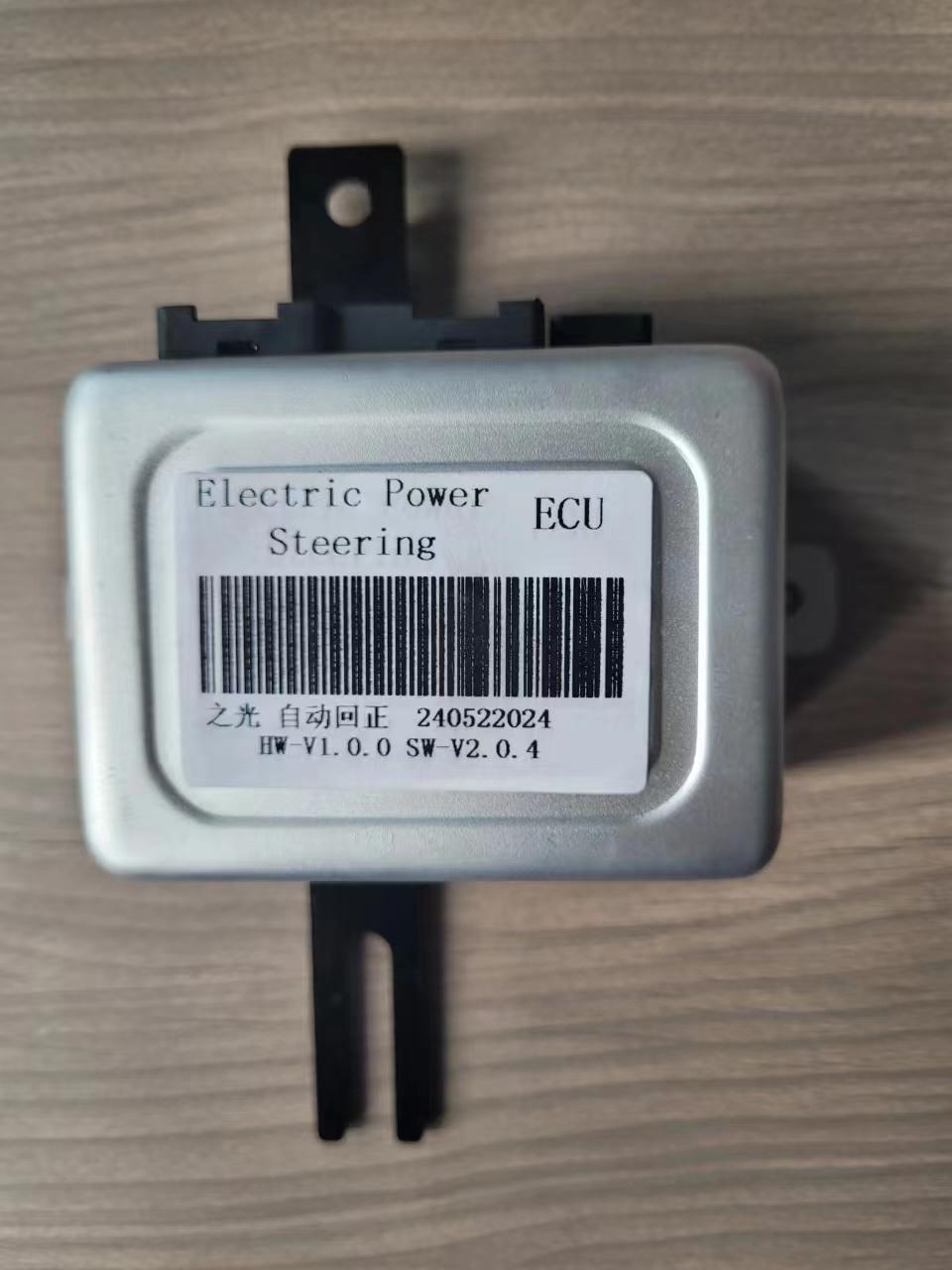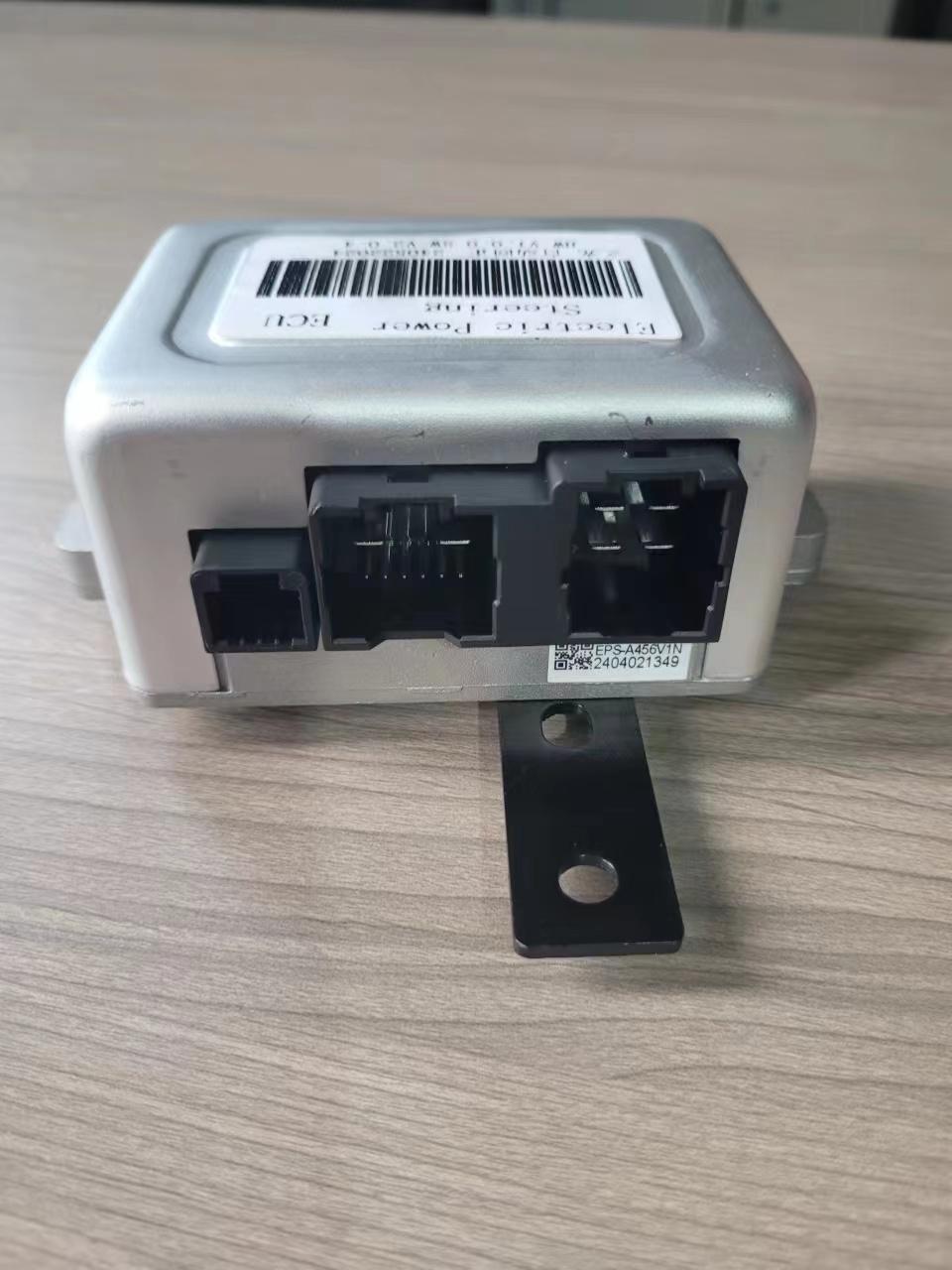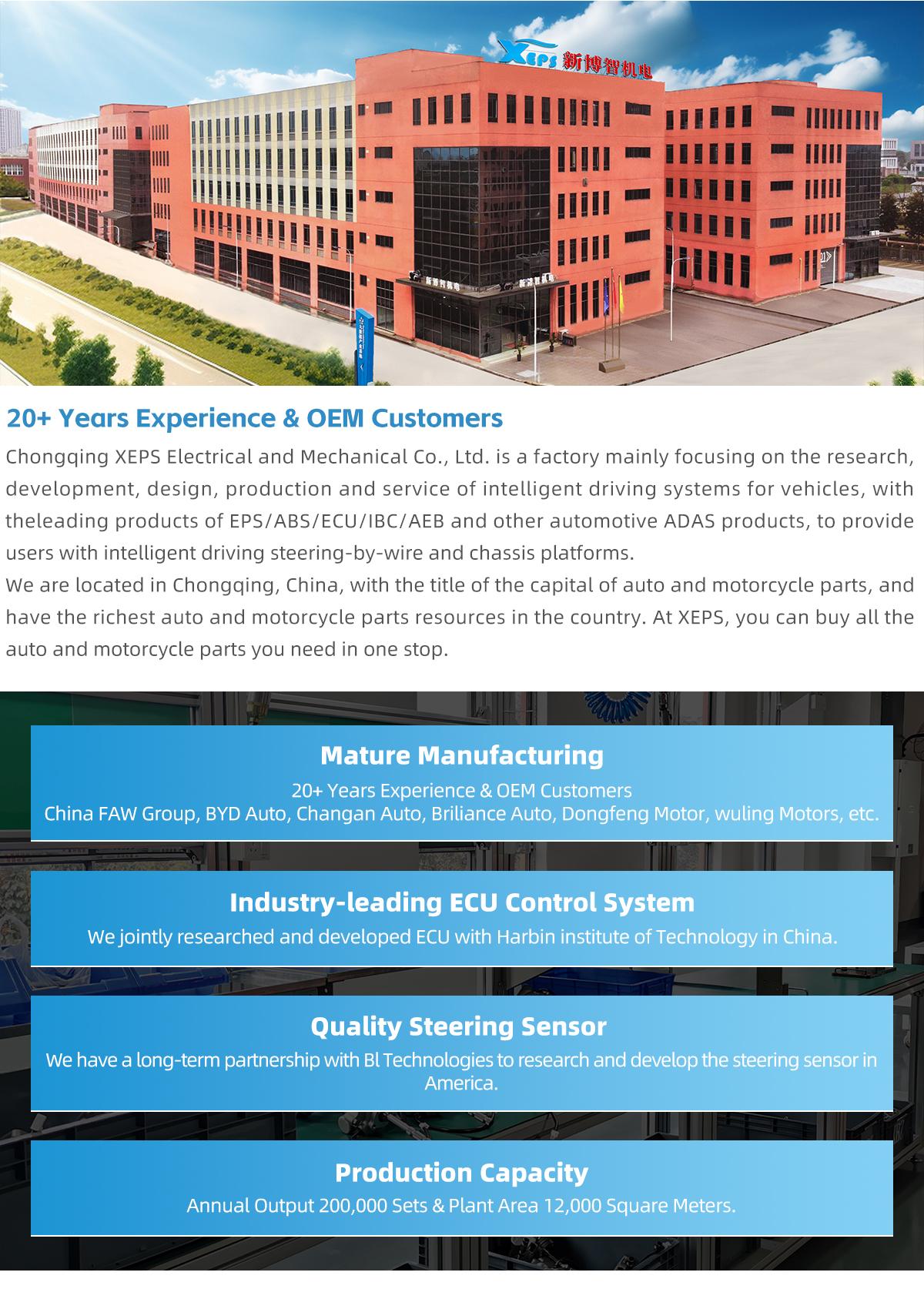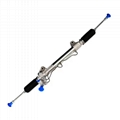The Electronic Control Unit (ECU) of Electric Power Steering (EPS) system processes sensor inputs to regulate the electric motor for steering assistance. The steering torque sensor measures driver-applied force on the wheel, providing feedback to the ECU. Ultimately, the electric motor generates the necessary assistance force. Hydraulic power steering (HPS) systems rely on several essential components: the hydraulic pump pressurizes fluid, the steering gear converts it into steering force, and hoses transfer fluid between components. Additionally, the reservoir stores hydraulic fluid, enabling the steering wheel to provide steering control. Connecting components, such as tie rods, ball joints, and the intermediate shaft, are also crucial. Tie rods transfer steering input from the gearbox to the steering knuckles, directing wheel movement. Ball joints facilitate smooth steering motion and wheel alignment. The intermediate shaft transmits steering input from the steering wheel to the steering gear, enabling precise control of the vehicle's direction.
